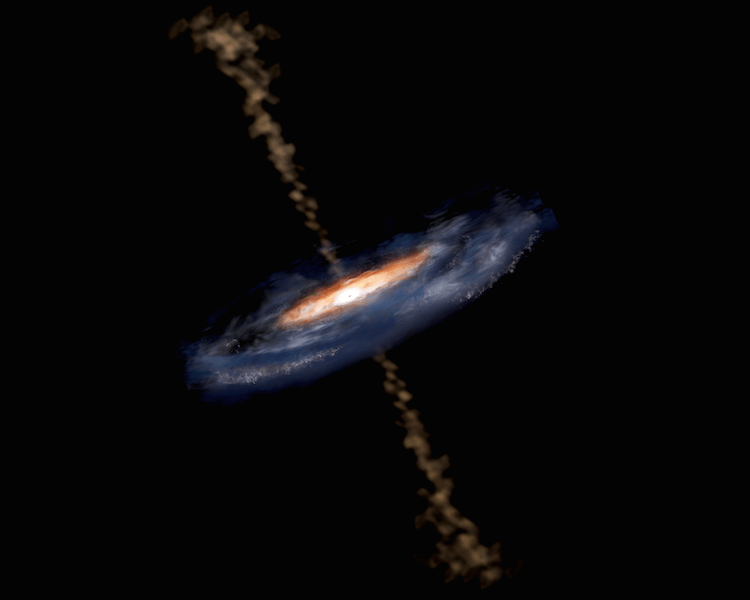While the scientific program of the IceCube Neutrino Observatory is extensive, the search for sources of very high energy neutrinos, and of cosmic rays, involves the largest group of researchers.
Searches with IceCube have so far persistently shown us that more data is needed to reveal the first cosmic ray source. But IceCube researchers are convinced that success also requires a resolute determination to exploit IceCube data in every possible manner. In a new study submitted today to the Astrophysical Journal, the collaboration presents a search for time-dependent astrophysical neutrino sources that did not find any evidence for their existence. The study did however make it possible to set upper limits on the neutrino flux from several source candidates and has proven IceCube’s capabilities for long-term monitoring of sources triggered by multiwavelength information from several experiments.

Searching for flaring astrophysical neutrino sources and sources with periodic emission enhance the discovery potential of IceCube since we can correlate the expected time-dependent signal with the neutrino arrival times. These searches are also important to understand the correlations between a neutrino-view of the sky with that obtained from gamma rays since the latter has repeatedly shown that there are multiple and variable high-energy sources across the sky.
While IceCube data has already told us that searches for steady sources require at least a few more years of data to be conclusive, time-dependent searches give as an opportunity for discovery every year, all year long.
The current study focuses on active galactic nuclei (AGNs) and presents different searches using both an all-sky time scan, which is looking for clusters of high-energy neutrinos in time and space, and information about source candidates from other experiments.
The all-sky time scan is performed separately with three different sets of data corresponding to different configurations of IceCube data-taking from 2009 to 2012. This search does not benefit from adding multiple datasets together since we are looking for a neutrino emission from a point-like source with limited duration.
The same data is then used, with additional data from April 2008, to search for flaring and periodic astronomical objects previously reported by experiments such as Fermi LAT, H.E.S.S, MAGIC or VERITAS during the time period covered by this study.

Although no evidence for the existence of flaring or periodic neutrino sources has been found, IceCube has confirmed that very high energy neutrinos are valuable tools for multiwavelength searches of cosmic rays sources.
In high-energy astrophysics the time domain is still the most unexplored, not only with neutrinos but also with gamma rays. As GRBs once surprised us, with their huge power and variability, AGNs are also now showing amazing properties. Their detection is challenging, but the astrophysics community is getting ready to catch them on the spot thanks to the collaboration of different wavelength detectors.
IceCube is one of them. The Antarctic detector cannot yet perform this monitoring in near real time, but upcoming updates to detector operations and data acquisition and processing are closing the gap between the trigger signal and the results.
+ Info “Searches for Time Dependent Neutrino Sources with IceCube Data from 2008 to 2012,” IceCube Collaboration: M.G. Aartsen et al. Astrophysical Journal 807 (2015) 46, arxiv.org/abs/1503.00598 iopscience.iop.org